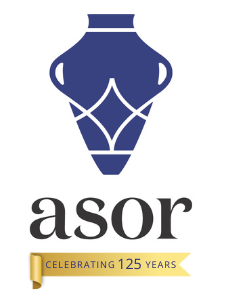
Table of Contents for Near Eastern Archaeology 81.3 (September 2018)
Subscription Options
You can receive NEA (and other ASOR publications) through an ASOR Membership or through an Individual Subscription. Single issues (subject to availability) are available for purchase, with ASOR members receiving a discount. Please e-mail us if you have any questions.
Pp. 164-173: “Sanctifying the House: Child Burial in Prehistoric Anatolia,” by Burcu Yıldırım, Laurel D. Hackley, and Sharon R. Steadman
Intramural burials are common on the Anatolian plateau, beginning in early prehistory. Neolithic examples indicate that the incorporation of human remains into domestic architecture was a regular part of the rhythm of family life. 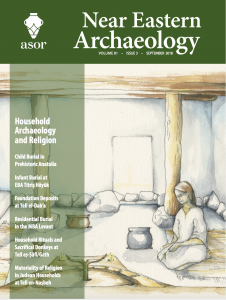 By the Late Chalcolithic, adult burials have largely moved into extramural cemeteries, although there are some exceptions. Infants and small children, however, continue to be buried within the house and these interments are a common feature on the Anatolian plateau. At the site of Çadır Höyük in central Anatolia, well over one dozen Chalcolithic infant burials were placed in corners of existing rooms, in areas of possible ritual function, and incorporated in walls at the time of construction. This study investigates the relationship between the spatial context of these burials and their function in the domestic context, and considers the possibility that some infant burials served as foundation deposits in the architecture at Chalcolithic Çadır.
By the Late Chalcolithic, adult burials have largely moved into extramural cemeteries, although there are some exceptions. Infants and small children, however, continue to be buried within the house and these interments are a common feature on the Anatolian plateau. At the site of Çadır Höyük in central Anatolia, well over one dozen Chalcolithic infant burials were placed in corners of existing rooms, in areas of possible ritual function, and incorporated in walls at the time of construction. This study investigates the relationship between the spatial context of these burials and their function in the domestic context, and considers the possibility that some infant burials served as foundation deposits in the architecture at Chalcolithic Çadır.
Click here to access the above article on JSTOR (ASOR membership with online access and/or subscription to JSTOR Current Content required).
Pp. 174-181: “Infant Burial Practices as Domestic Funerary Ritual at Early Bronze Age Titriş Höyük,” by Timothy Matney
The Early Bronze Age tradition of intramural tombs at settlements in the Middle Euphrates region is well established, with examples from many excavations.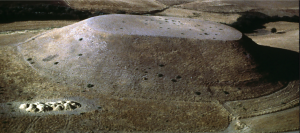
Click here to access the above article on JSTOR (ASOR membership with online access and/or subscription to JSTOR Current Content required).
Pp. 182-190: “Foundation Deposits and Strategies of Place-Making at Tell el-Dab’a/Avaris,” by Miriam Müller
Foundation ceremonies are well known from the Egyptian royal and sacred spheres: They mark the beginning of construction work and ensure the effectiveness and longevity of the building to which they belong.
Click here to access the above article on JSTOR (ASOR membership with online access and/or subscription to JSTOR Current Content required).
Pp. 191-201: “Residential Burial and Social Memory in the Middle Bronze Age Levant,” by Melissa S. Cradic
Disposal of the dead within occupied buildings of the Middle Bronze Age Levant, or intramural burial, offered inhabitants a way of closely interacting with the physical remains of the deceased.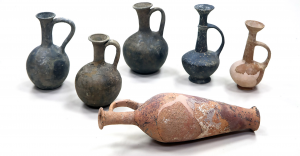
Click here to access the above article on JSTOR (ASOR membership with online access and/or subscription to JSTOR Current Content required).
Pp. 202-211: “Household Rituals and Sacrificial Donkeys: Why Are There So Many Domestic Donkeys Buried in an Early Bronze Age Neighborhood at Tell eṣ-Ṣâfi/Gath?,” by Haskel J. Greenfield, Tina L. Greenfield, Itzhaq Shai, Shira Albaz and Aren M. Maeir
A few years ago, a domestic donkey (Equus asinus), or ass, was discovered at Tell eṣ-Ṣafi/Gath in modern Israel and determined to have been sacrificed and buried as a foundation deposit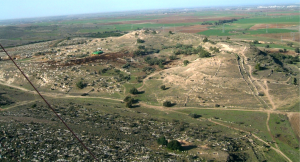
Click here to access the above article on JSTOR (ASOR membership with online access and/or subscription to JSTOR Current Content required).
Pp. 212-221: “Materiality of Religion in Judean Households: A Contextual Analysis of Ritual Objects from Iron II Tell en-Naṣbeh,” by Aaron Brody
The author highlights household religion through a direct, contextual presentation of ritual artifacts from one Judean household compound at Tell en-Naṣbeh in their original contexts. 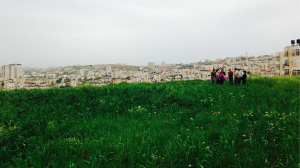
Click here to access the above article on JSTOR (ASOR membership with online access and/or subscription to JSTOR Current Content required).
To view the entire issue on JSTOR, click here.
